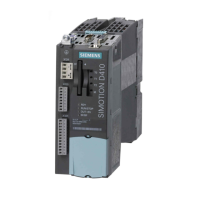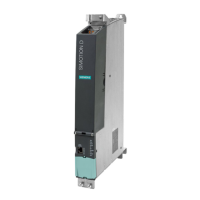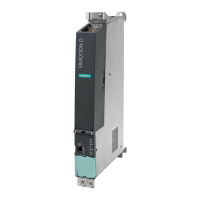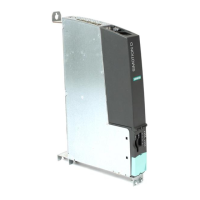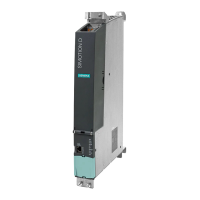Table 3-2 Mode switch settings
Meaning Explanations
RUN SIMOTION D4x5‑2 processes the user program and the associated system services:
●
Reading process image of inputs
● Execution of the user programs assigned to the execution system.
● Writing process image of outputs
The technology packages are active in this state. They can execute commands from the
user program.
STOPU SIMOTION D4x5‑2 is not processing a user program.
●
The technology packages are active. Test and commissioning functions can be
executed. The user program is not active.
● The I/O modules are in a secure state. This means, for example, that digital outputs
are "LOW" and analog outputs are de-energized or at zero current.
STOP SIMOTION D4x5‑2 is not processing a user program.
●
It is possible to load a complete user program.
● All system services (communications, etc.) are active.
● The I/O modules are in a secure state. This means, for example, that digital outputs
are "LOW" and analog outputs are de-energized or at zero current.
● The technology packages are inactive, i.e. all enables are deleted. No axis motions
can be executed.
MRES Performing a memory reset on the SIMOTION D4x5‑2 / restoring the factory setting
Using
the MRES switch position, you can perform depending on the operating sequence
● Memory reset of the SIMOTION D4x5-2 or
● Restore the SIMOTION D4x5‑2 to its factory setting, depending on the operating
sequence.
For further details, see the
SIMOTION D4x5‑2
Commissioning and Hardware
Installation Manual.
Note
It is recommended that SIMOTION SCOUT be used exclusively to switch the operating
modes
of the module. Therefore, leave the mode switch at position 0 (RUN). The LED display
indicates the current mode selection.
For information on how to set the operating mode using SIMOTION SCOUT, see the
SIMOTION SCOUT
Configuration Manual.
Operator control (hardware)
3.2 Operator controls
SIMOTION D4x5-2
46 Manual, 04/2014

